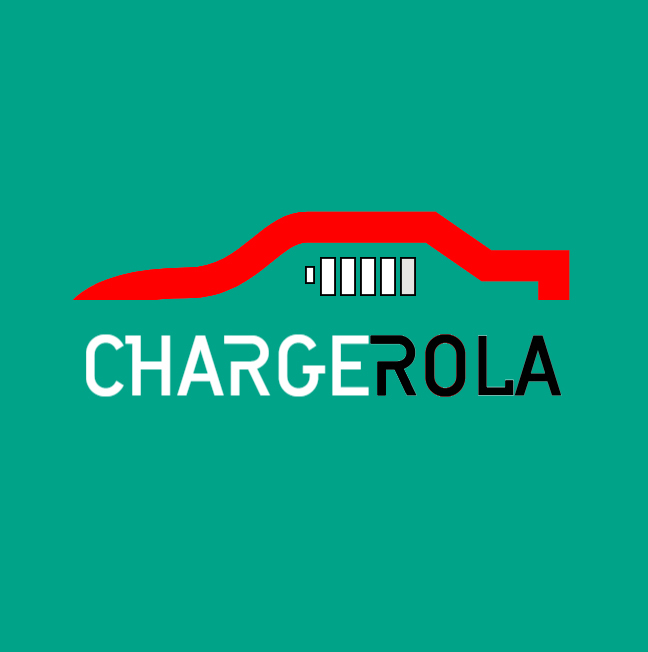
The UK Government has recently announced a two-year extension to plug-in van and truck grants, building on rampant growth in this sector of the market.
The Government says there were four times more grant applications in 2021 than 2020, and that the UK had the highest number of plug-in electric vans sold in Europe. More than 26,000 electric vans and HGVs have been sold with grants since the programme was started ten years.
However, it’s not simply a case of business as usual – the make-up of the grant is changing, and there are some key pointers to take into account as van driving jobs are ever-more in demand. We’ve put together a handy guide for getting the grant in the UK.
What is the Plug-in van and truck grant?
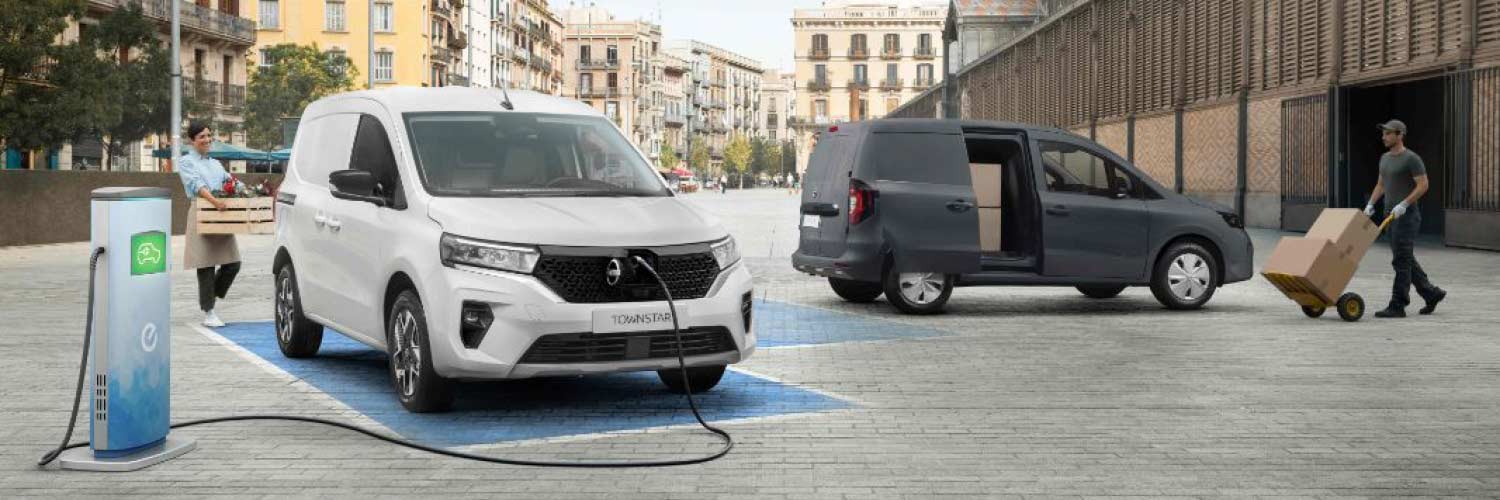
As part of the government’s plan to phase out the sale of new petrol and diesel cars and vans by 2030, OZEV (Office for zero-emissions vehicles) has introduced the plug-in van and truck grant as an incentive for van and truck buyers to make the switch to electric. Depending on the type and spec of the electric van or truck, buyers will be given a financial contribution towards their purchase.
The government divides vehicles applicable for the grant into four categories, these are: small vans, large vans, small trucks and large trucks. We will explain all of these categories in further detail later in the guide.
Grant changes

From April 1 2022, the threshold to claim the small truck grant of up to £16,000 will increase from 3.5 tonnes to 4.25 tonnes, while vans up to 4.25 tonnes will be able to claim a large van grant of up to £5000. Heavier and more costly trucks, weighing up to 12 tonnes, will benefit from higher grant funding.
The Government says “To ensure funding and taxpayers’ money goes where it’s really needed and supports the transition to zero-emission vehicles, eligibility criteria for existing plug-in vehicle grants will also be recategorised from the spring with a focus on heavier vehicles.”
Who is eligible for the Plug-in van and truck grant?
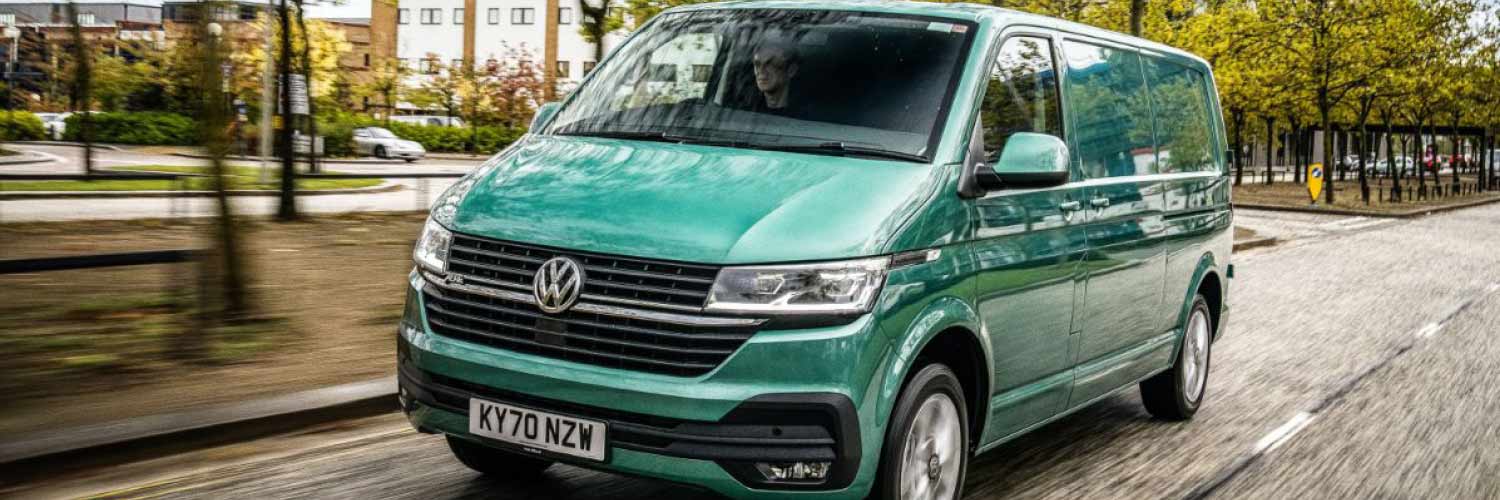
To qualify for the scheme, vehicles designated as light goods vehicles (goods vehicles weighing up to 3,500kg) must have tailpipe carbon dioxide (CO2) emissions of less than 50 grams per kilometre (50g/km).
Heavy goods vehicles that are driven by hybrid, range-extended, or novel powertrains must both: meet or exceed specified EU emissions regulations and have CO2 emissions of at least 50% less than the equivalent conventional EU approved vehicle that can carry the same capacity.
Vehicles must also have a zero-emission range of 60 miles (96km) or greater to qualify for the scheme.
Businesses or organisations can claim the plug-in van and truck grant for up to 1000 vehicles per year. This limit resets on the 1st of April.
How do I apply for the Plug-in van and truck grant?

Buyers don’t have to make the applications to benefit from the plug-in van and truck grant – if you buy one from an eligible dealer, the discount is automatically applied from the van or truck’s list price. Any options or accessories are not included in the calculated list price and do not affect the discount.
However, if you’re looking to buy a vehicle with extensive modification, things become slightly trickier and we advise that you read the OZEV’s eligibility and applications guides for further information.
Vehicle categories that qualify for the plug-in van and truck grant
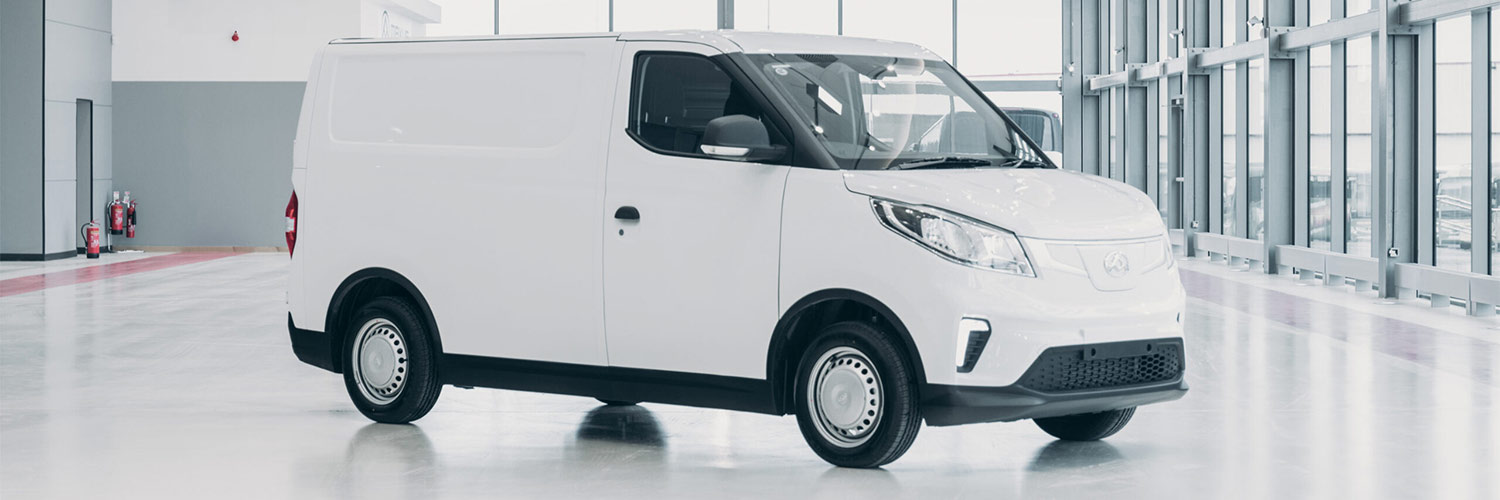
As stated, the government splits vans and trucks into four categories large trucks, small trucks, large vans and small vans. A full list of vehicles eligible for the plug-in van and truck can be found on OZEV’s website, however, we will include an abbreviated version below:
Further details: Large trucks
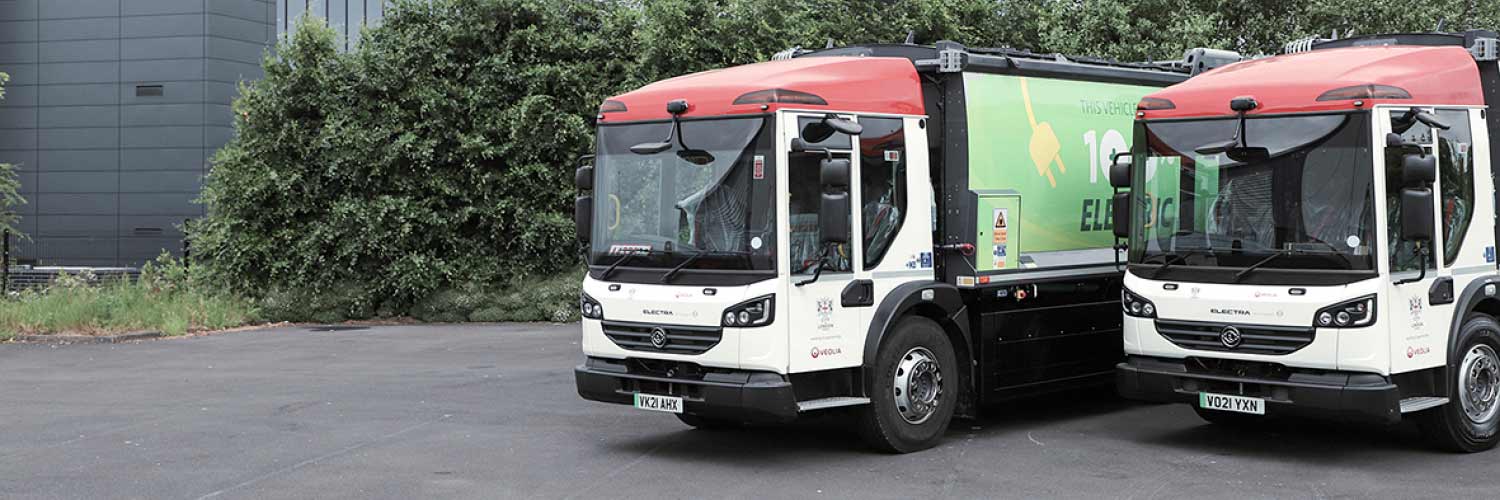
The government classifies Large tucks (sometimes called N3 vehicles) as being heavier than 12,000kg. To qualify for the grant, large trucks need to have a CO2 emissions figure of at least 50% less than the equivalent conventional vehicle that can carry the same capacity. The large truck also needs to be able to travel at least 96km (60 miles) without any tailpipe emissions at all.
The grant will pay for 20% of the purchase price, up to a maximum of £25,000 for these vehicles:
Electra e-Compact
Electra e-Star 27-350
Between 1st April to the 31st of March there are a limited number of grants available.
The limits are 100 grants at the £25,000 rate, and up to five grants per company or organisation at the £25,000 rate.
If either of these limits are reached, the maximum a business or organisation can apply for is £16,000. A business or organisation can get up to 10 grants at this rate. There are 250 grants of up to £16,000 available. After that, the maximum a business or organisation can apply for is £5,000.
You can claim a total of 1000 plug-in van and truck grants for your business or organisation each year. This limit resets every year on 1 April.
Further details: Small trucks

The UK Government defines small trucks (sometimes called N2 vehicles) as commercial trucks that weigh between 3500kg and 12,000kg. To be eligible, the small truck must have a C02 emissions figure of at least 50 per cent less than the conventional equivalent vehicle that can carry the same capacity and can travel at least 60 miles without any tail pipe emissions at all.
Between 1st April and 31st March there are a limited number of grants available. The grant will pay for 20 per cent of the purchase price, up to a maximum of £16,000 – however, just 250 grants are available at the £16,000 rate. There will also be up to 10 grants per business or organisation at the £16,000 rate. If either of these limits are reached, the maximum a business or organisation can apply for is £5,000.
Like large trucks, the maximum amount of plug-in van or truck grants a business or organisation can get each year is 1000, which resets every year on 1st April. At the time of writing, the only two small trucks that are eligible for the grant are:
- FUSO eCanter
- Paneltex Z75
Further details: large electric vans
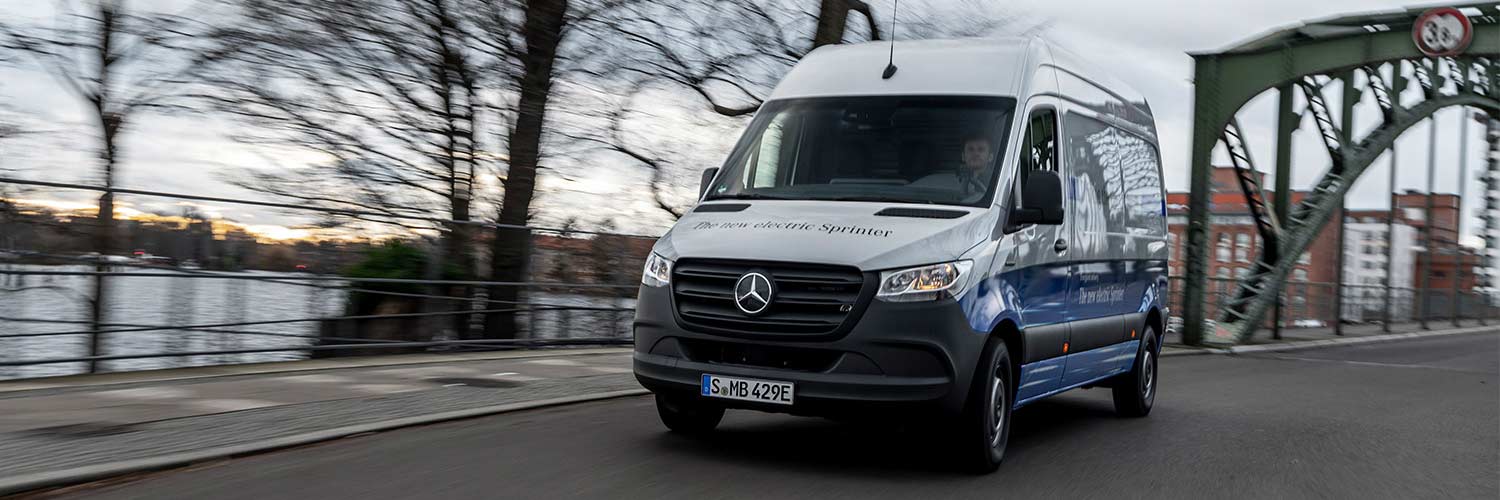
Large vans are determined as those that weigh between 2500kg and 3500kg gross vehicle weight (GVW) with C02 emissions of less than 50g/km and can travel at least 60 miles without any tailpipe emissions. The grant will pay for 35% of the purchase price, up to a maximum of £5,000. Each business can claim a total of 1000 grants per year, which resets every April 1st. The large vans for which are eligible for the plug-in van grant, at the time of writing:
- BD Auto eTraffic
- BD e-Boxer
- BD e-Ducato
- BD e-Relay
- Citroën e-Dispatch
- Citroën e-Relay
- Fiat e-Ducato
- Innovation Automotive DFSK EC35 T2
- LEVC VN5
- MAN eTGE
- Maxus eDeliver 3
- Maxus eDeliver 3 LWB Chassis Cab
- Maxus eDeliver 9
- Maxus eDeliver 9 MC L3 Chassis Cab
- Maxus eDeliver 9 LC L4 Chassis Cab
- Mercedes-Benz eVito
Further details: Small electric vans
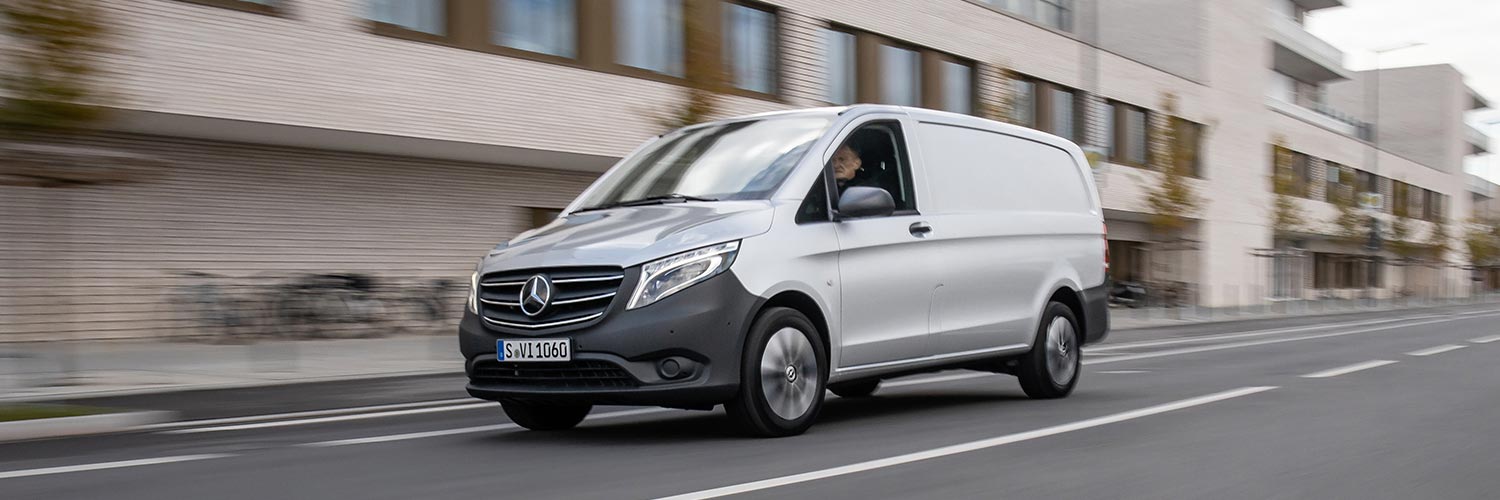
Small vans that qualify for the grant must weigh less than 2500kg GVW, have a C02 emissions figure of less than 50g/km and can travel at least 60 miles without any tail pipe emissions. For small electric vans, the plug in van and truck grant will contribute up to 35 per cent of the purchase price up to a maximum of £2500. Each business can claim a total of 1000 grants per year, which resets every 1st April.
The vehicles that come under this at the time of writing are:
- Citroën e-Berlingo
- Maxus eDeliver 3 (short wheelbase variants)
- Nissan e-NV200
- Nissan Voltia
- Peugeot e-Partner
- Renault Kangoo ZE
- Renault Zoe Van
- Toyota Proace City Electric
- Vauxhall Combo-e
